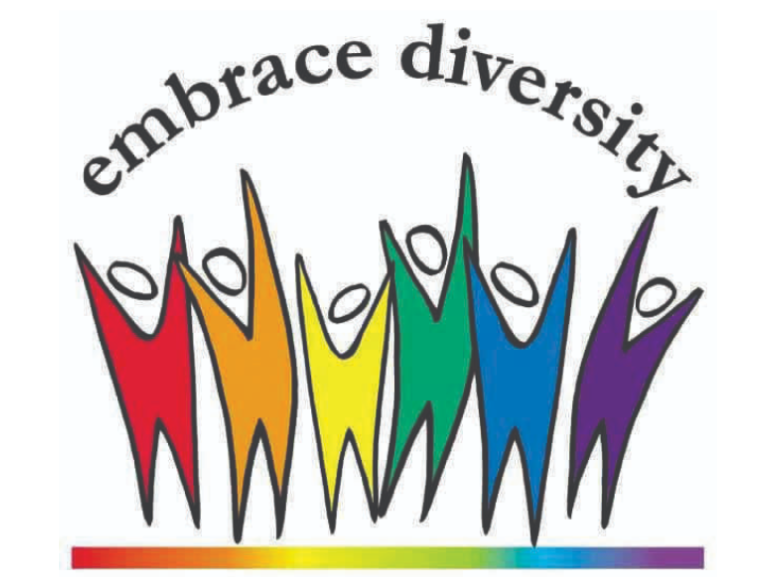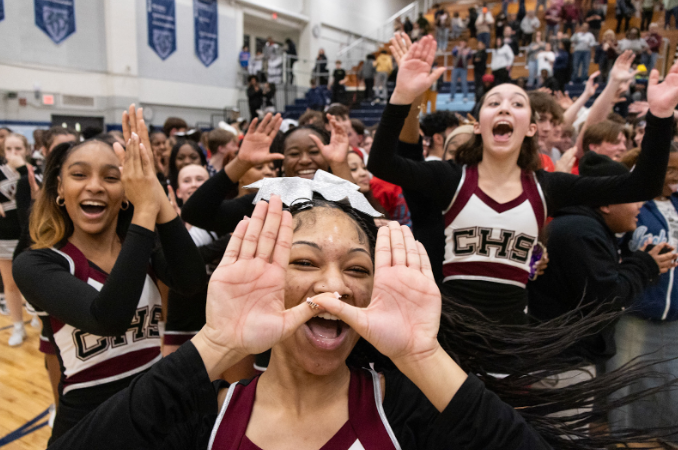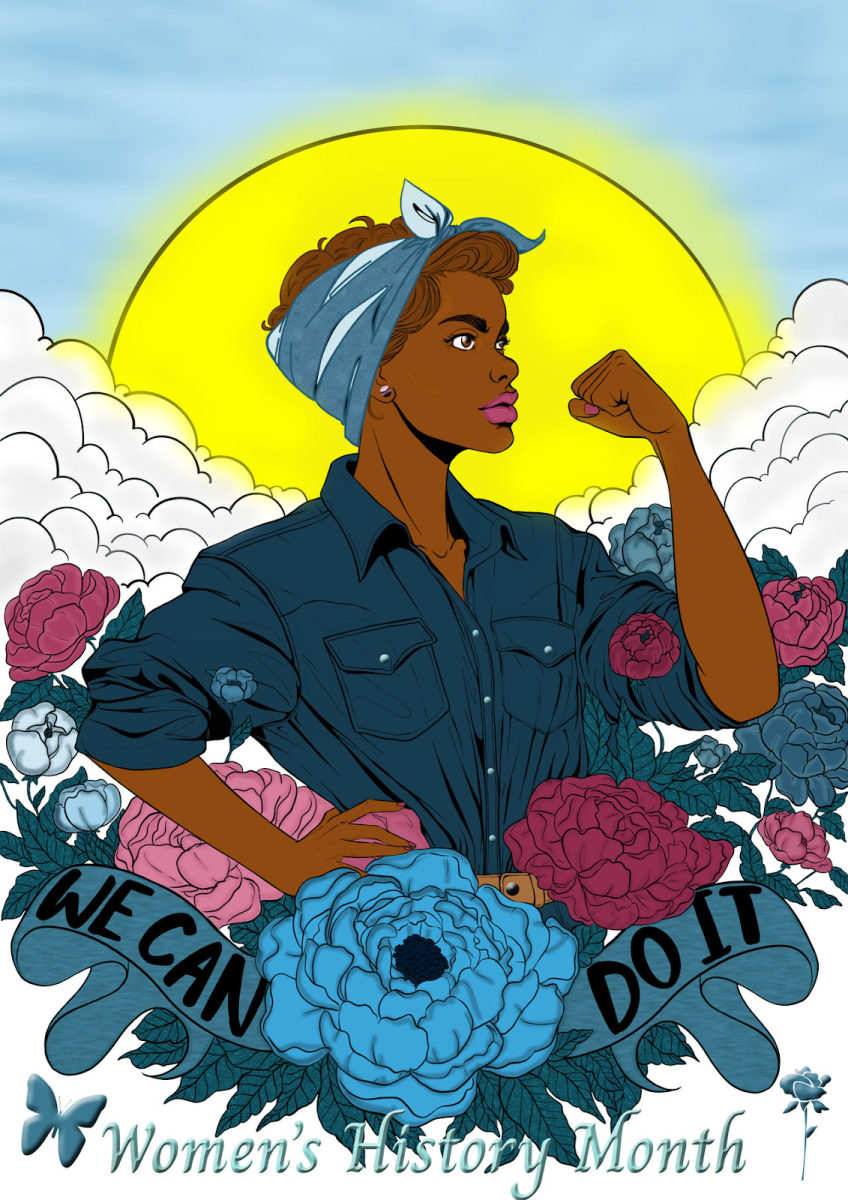Your Body is Not a Trend

April 17, 2023
TRIGGER WARNING: THIS ARTICLE DISCUSSES WEIGHT, EATING HABITS, AND DIET CULTURE
Because of our world’s access to food and developing technology, the “ideal” body type for men and women has changed throughout history. Whether because of the popular male bodybuilder figure in the 1980s or the female “curvy” figure in the 1950s, people have dramatically altered their bodies to fit ideals. Recently, the “heroin chic” body type has reemerged with its many harmful effects.
The “heroin chic” body type heightened in popularity in the 1990s, with actresses and models like Kate Moss and Jaime King contrasting the healthy and bright-looking models of the 1980s. The “heroin chic” look glorified an unhealthily thin and lanky body that often accompanied disheveled hair, prominent cheekbones, and dark under-eye circles. The look went alongside the grunge aesthetic of the ‘90s, including baggy clothes, flannels, and an overall unkempt look.
In the 2010s, another shift was made to the popular body type, as desired “curves” put a stop to idealized thinness. This can be seen in 2010’s many Brazilian Butt Lift surgeries, breast augmentations, and cosmetic face surgeries that supported the look of fullness, such as lip filler and botox. The media also praised celebrities with more “curves”, such as Nicki Minaj and SZA.
Recently, however, the popularity of “heroin chic” has returned, specifically in the celebrity world. We’ve seen this in various celebrities’ dramatic changes to their bodies, whether by losing weight, changing their clothing and social media post aesthetics, or getting plastic surgery. Notably, the Kardashians, arguably today’s biggest body-image influencers, have recently removed alleged BBLs and lost weight quickly, their figures significantly thinner than before. We’ve also seen a rise in the popularity of celebrities who present the “heroin chic” look, such as Emma Chamberlain and Jenna Ortega who sport thin figures, dark eyebags, prominent facial features, and messy aesthetics.
The recent popularity of the buccal fat removal surgery is also evidence of the “heroin chic” resurgence. The surgery removes some or all of the fat within a patient’s cheeks, making cheekbones more prominent and giving the face a sunken look. This effect supports the idealized and oftentimes unachievable thinness of the “heroin chic” aesthetic. Many have speculated that various celebrities have undergone this procedure, and its popularity within Hollywood has taken the public by storm. Caroline Bell, a Freshman, says, “The popularity of the buccal fat removal surgery was all over social media. It affected me a lot because people have always mentioned my bigger cheeks.”
Although the “heroin chic” look mostly affects the celebrity world, celebrity photos are constantly being taken and posted on social media, creating endless images for comparison. This causes the consistent changes that celebrities and influencers make to their bodies to seem normal to the public. Particularly, the amount of plastic surgery undergone by wealthy celebrities and influencers creates normalcy in drastically changing our bodies with every popular body type. “The Kardashians are a good example,” Bell says, “because they can get BBLs and just reverse them. So celebrities getting plastic surgery done and changing it whenever they want sets the expectation that people can change their bodies at the tip of a hat.”
Not only do images of celebrities create false ideas about our bodies in society, but celebrities and influencers also promote unhealthy eating habits on their large media platforms. We’ve seen the “heroin chic” aesthetic contribute to this, like Kim Kardashian speaking about losing weight unhealthily fast to fit into Marilyn Monroe’s dress at the 2022 Met Gala, and Khloe Kardashian advertising appetite suppressant lollipops and detox teas. Because of this, society is more enveloped in the “heroin chic” chic popularity and believes that these eating habits are normal, when they are, in reality, extremely unhealthy.
Despite these influences, the particular harmfulness of “heroin chic” has raised awareness in Gen Z and younger generations. This can be seen in the influx of body-positive creators, videos, and the discussion of positive body image in the media as a whole. Bell discusses the changes to Victoria’s Secret brand and upcoming runway as an example of this. “I’m really excited for the Victoria’s Secret fashion show. They’ve changed their brand to be more inclusive of all body types and I’m looking forward to seeing representation,” she says. Victoria’s Secret brand shift and runway resurgence happened largely because of a song released on TikTok by the Gen Z artist, Jax.
All this considered, idealized body types have come in and out of popularity for generations. People have attempted to change how their bodies look and how they treat themselves because of it, and the influence of social media has only added to this harmful pattern. Although the “heroin chic” trend is particularly harmful because it glorifies thinness, believing your body isn’t good enough or altering it in any way because of what others perceive as idyllic is extremely harmful to physical and mental health. “Changing your body just because of what’s popular is unhealthy and upsetting. You can alter your wardrobe, but altering your body to fit trends is outrageous,” Bell says.
Combating this issue is difficult because it’s so embedded into our culture. However, every individual can and should work on positive self-image, disregarding what society deems beautiful. This is a personal and unique process for each individual since what’s healthy for each body is unique. Laynie Ritchie, a senior, says, “I think we should all work to find the beauty in everything and see everyone as beautiful. Everybody has imperfections and insecurities, and we need to learn to come together and help each other with them.” Lesley Slue, a senior, says, “One mindset I always have is that I have one body and my body isn’t going to function like anyone else, so I need to love it. I find creators that look like me. I don’t feed into trends because I know they’re going to pass away.” If we educate ourselves on healthy habits and commit to fighting the pressure to change our bodies due to what’s popular, we can find inner peace and help others do the same. Our bodies are not trends and should not be treated as such.
If you want to learn more about treating your body healthily by going against our society’s body and eating habits, researching movements like mindful eating, Health At Every Size (HAES), size diversity, and rejecting diet culture are great resources. There are many books, podcasts, and websites dedicated to these movements and promoting body positivity. I recommend “Food Psych”, a podcast with Christy Harrison who is also the author of Anti-Diet, and The Mindful Eating Journal by Alyssa Callahan that has prompts and practices to help restore your relationship with food.
If you are anyone you know is struggling with disordered eating, try to seek help. You can call or text the eating disorder hotline (800) 931-2237, reach out to those you trust, or try to get in contact with a professional.













































